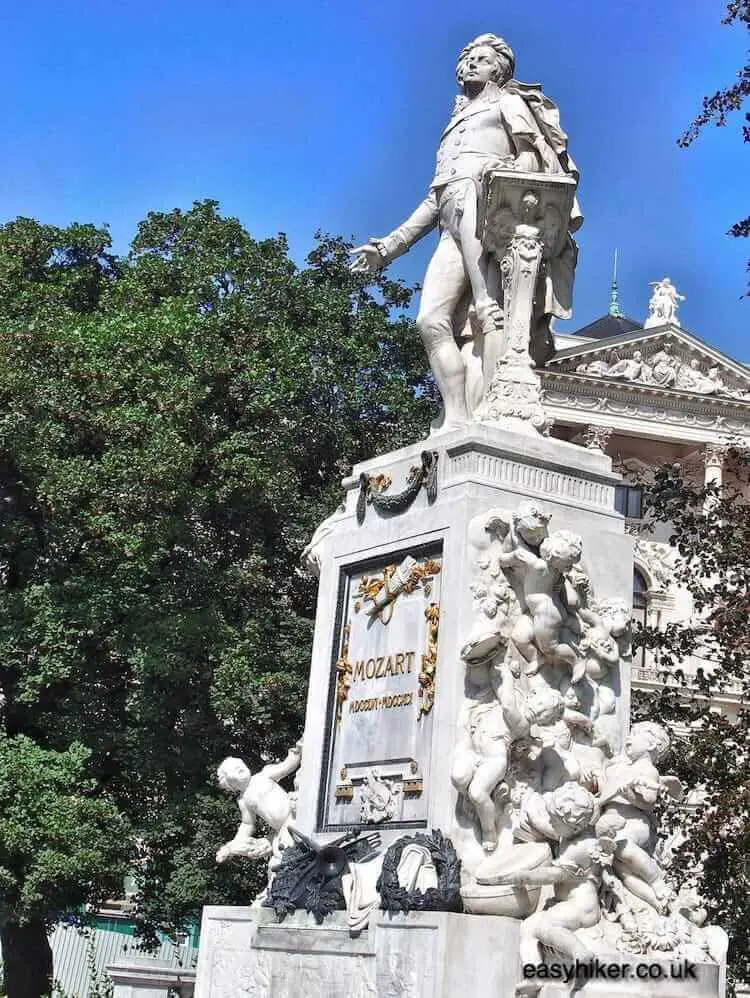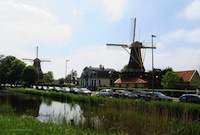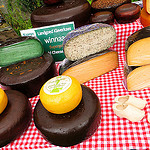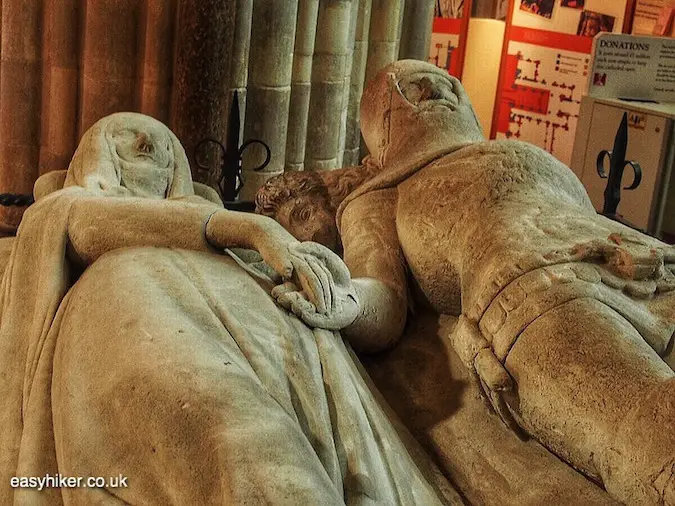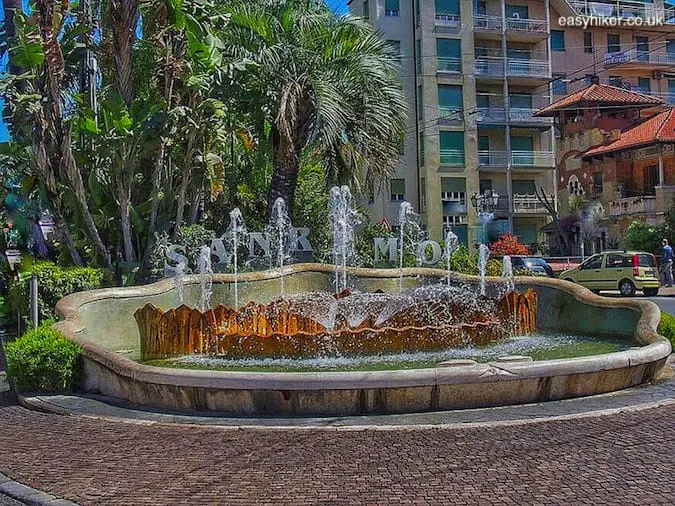If Paris is the City of Light, then Vienna must be the City of Music. Every day, the Austrian capital hosts music performances for 10,000 people – and a grand total of 15,000 musical events per year.
But Vienna is the City of Music in another way, too. There is no other place on earth which has as much music woven into its urban fabric. Wherever you go, you can hear the echoes of musical masterworks and their creators‘ footsteps.
Waltz the streets of Vienna City of Music
Today and next week, we shall help you listen to some of those as we follow giants like Mozart, Beethoven and Johann Strauss on their way through Vienna City of Music.
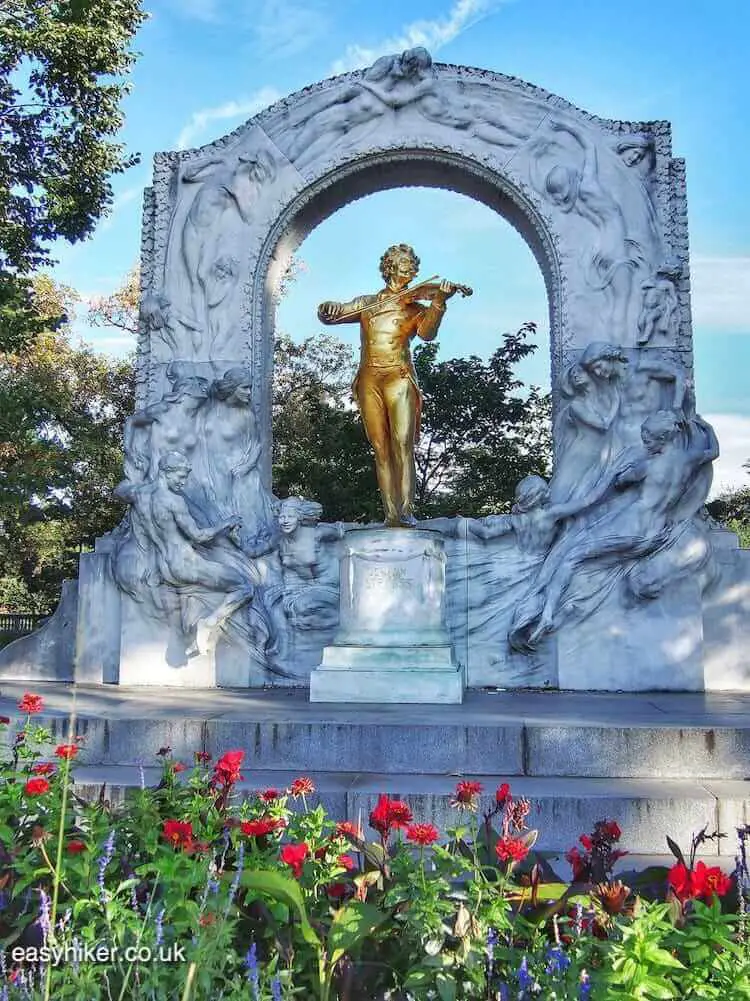
We begin by focusing on the historic centre of Vienna inside the modern Ringstrasse and start this part of the walk at the Vienna State Opera …
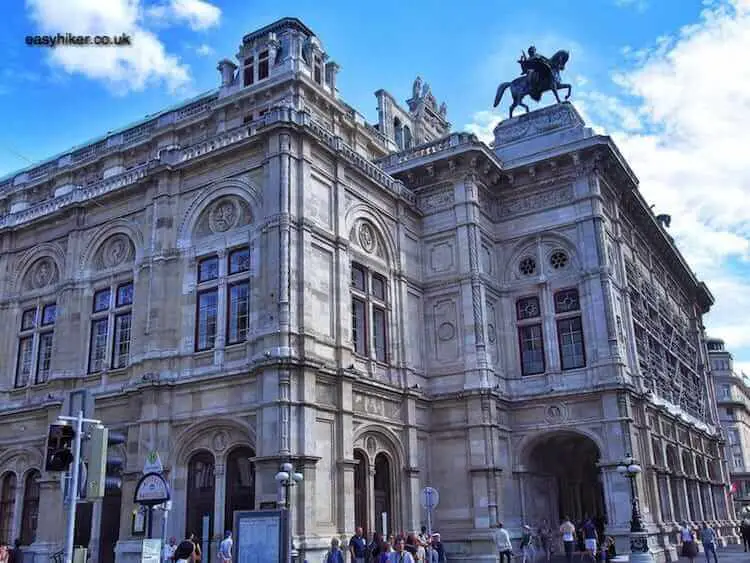
… the focal point of the modern city’s musical life.
Please note that this building was only constructed in the 1860s, when much of Vienna’s glory – all of its political glory and much of its musical one – was already a thing of the past.
The Opera House was originally much unloved by the Viennese, and their harsh criticism affected its architect Eduard von der Nüll so much that he hanged himself shortly before the Opera’s official opening.
It is important to realize right at the start of this walk how much of historic Vienna has disappeared over the years, mainly in the course of various projects to extend Vienna and to give the city a more Imperial look.
The house where Mozart spent the last year of his life, for example, was already demolished in 1847. In its place, on Kärntner Strasse 19, we now find a department store, which is called Steffl.
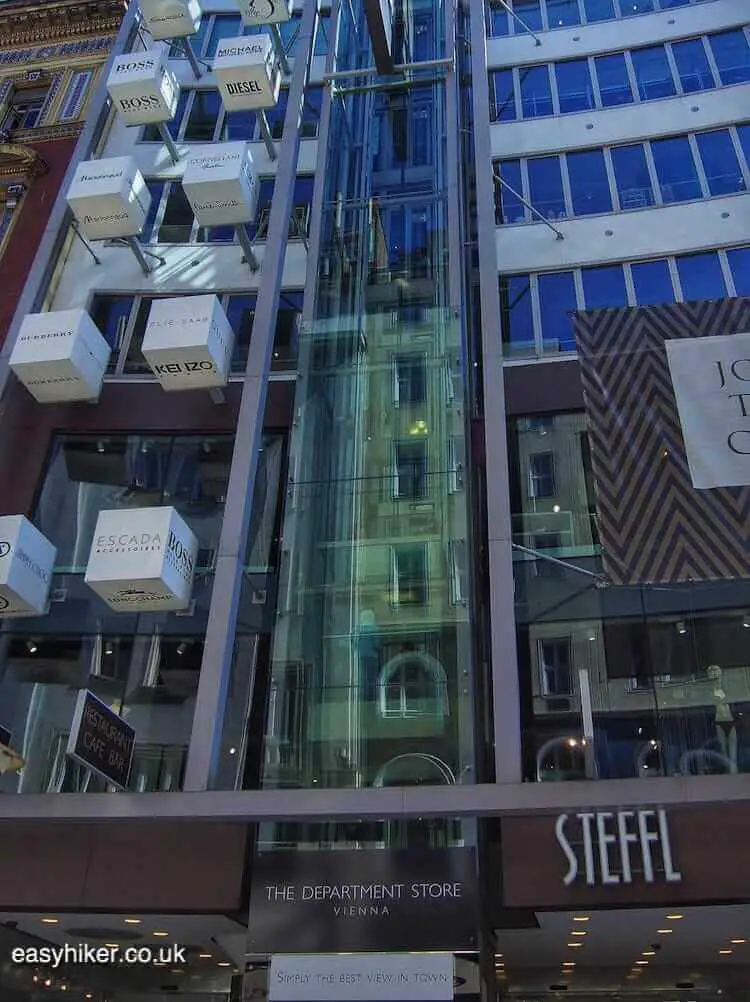
In its own literature, distributed at the shop’s entrance, Steffl advertises the existence of a Mozart Room on its premises.
We wasted half an hour asking the staff – who gave a credible impression of never having heard of Mozart never mind his room – for directions before we were eventually directed to a plaque in the back.
This, it seems, is all that is left of Mozart’s presence in the place where he died.
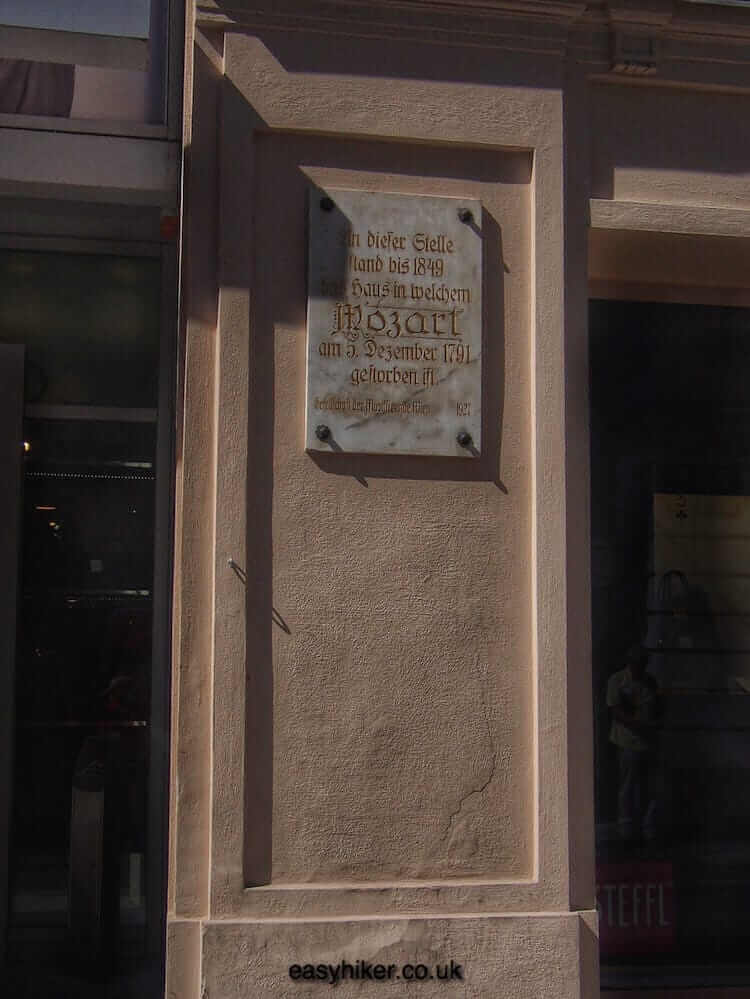
Before the age of the bourgeoisie – aka the paying public – composers who wanted not only to compose but also to eat every once in a while needed to find themselves a sponsor.
Sponsors came in one of three shapes: there was the Crown (generally considered the most prestigious and overall top option) and there was the Church (with all the risks of a “sponsorship by committee”; church authorities were also potentially meddlesome where matters of operatic subject matter were concerned), and as a third option there were the rich aristocrats.
Some of these were mean and tight-fisted, treating their artists largely as members of their domestic staff, but others were broad-minded and generous, and when Beethoven hooked up with the Lobkowitz family, whose residence still stands at Lobkowitzplatz (now the Theatermuseum) to the left of the Kärntner Strasse …
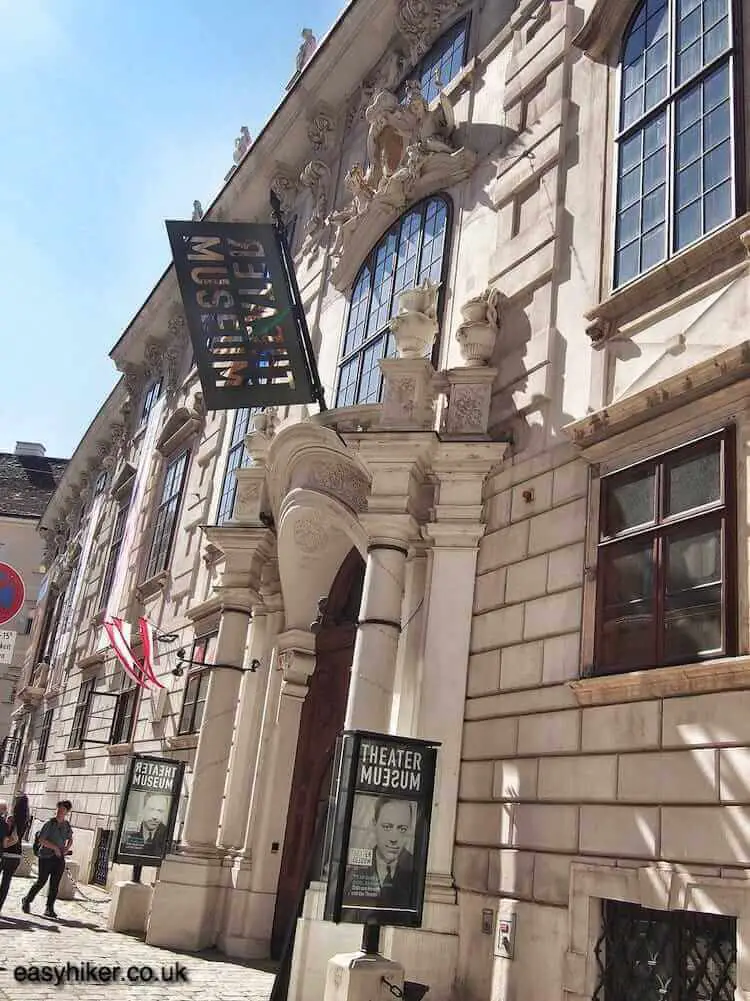
… it was generally agreed that he had won something like the Sponsorship Lottery.
Over the years, many other composers benefited from the family’s largesse, but Beethoven became something like a house composer, and the Eroica symphony was one of several of his works that were first performed here.
Continue through Spiegelgasse – Schubert had lodgings here, on no. 9, for ten years – towards the Stephansdom, the centre of town and, for many centuries, the hub of Vienna’s spiritual and much of its musical life.
The lives of nearly all the city’s famous musicians were, in one way or another, intertwined with the Stephansdom. This is where many of them would have worshipped, where they were married and where they saw their sacred music being performed.
Beethoven is said to have discovered the extent of his deafness when he saw a large flock of birds flying out of Saint Stephen’s church tower and concluded that the birds must have been driven away by the noise of ringing bells – bells that Beethoven himself had not been able to hear.
On the Cathedral’s northern side, there is a plaque to commemorate Mozart’s funeral. It was here where the composer’s body was consecrated.
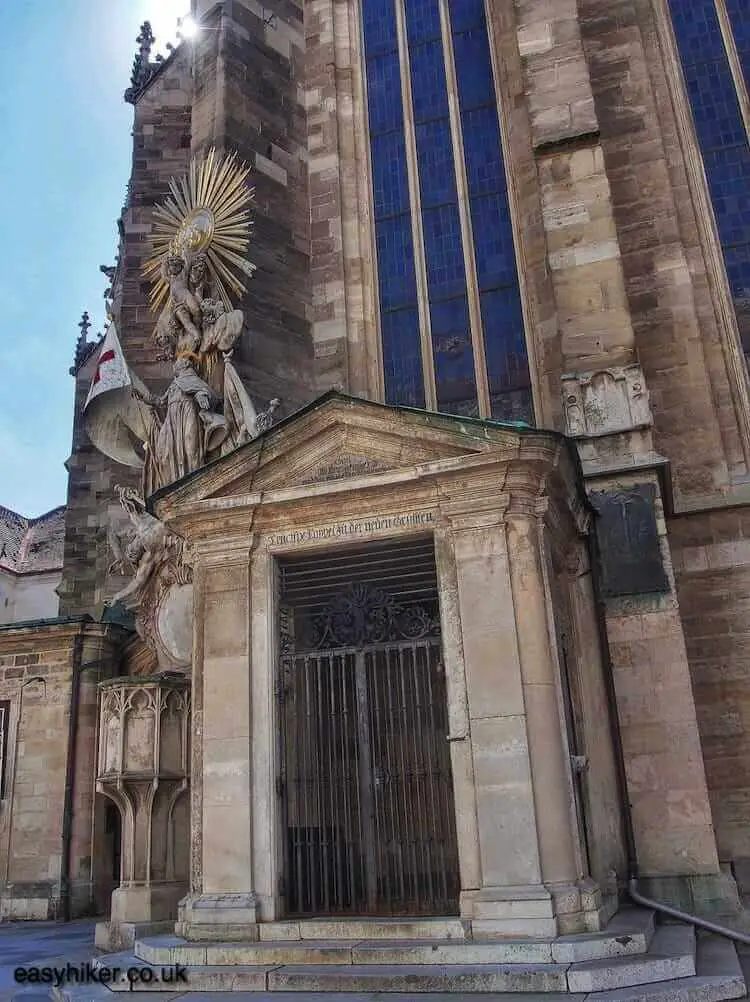
The legend of the “pauper’s funeral” still persists, but Mozart was not “thrown into a mass burial pit”. Instead, he was interred in an ordinary grave which was eventually, in line with the contemporary custom for anybody who was not a member of the Imperial family, levelled after ten years.
Still, the contrast with Beethoven’s death 40 years later is telling: Mozart’s funeral appears to have been a private affair, one that was mainly attended by family and friends. Baker boys who, according to another Mozart legend, whistled his tunes, would not have publicly mourned his passing.
Beethoven’s funeral, conversely, triggered a public outpouring of grief to rival the death of a 20th century pop star. Tens of thousands of people lined the streets, and the day was declared a National Holiday. Clearly, something had changed in the relatively short period between the two funerals, something that had altered the way in which people were looking at life.
Walk up Rotenturmstrasse and turn right into Bäckerstrasse to Dr.-Ignaz-Seipel-Platz where a young Franz Schubert was taught by Antonio Salieri in the Cathedral school on the right hand side …
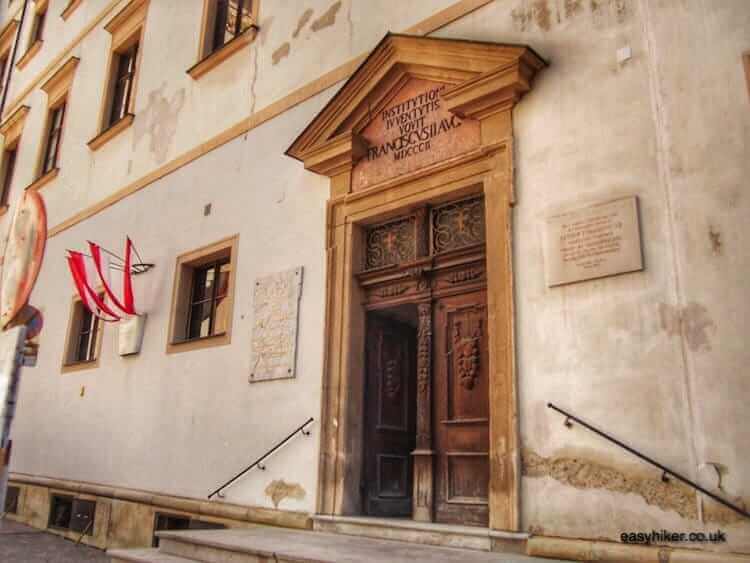
… and where, straight opposite in the Academy of the Sciences, Joseph Haydn celebrated his 78th birthday with an enthusiastically received performance of his oratorio “The Creation” in 1808.
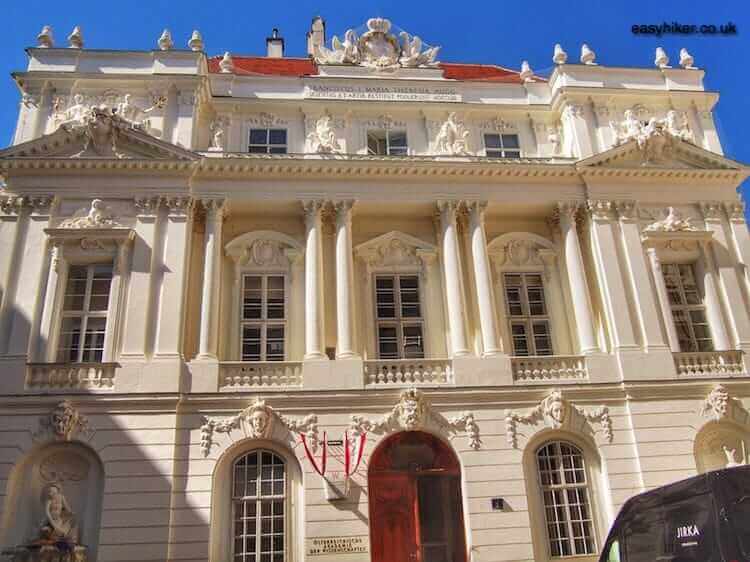
For much of his life, Haydn had been fairly unlucky with his aristocratic sponsors (which he, as the son of a rural worker and a domestic servant, needed more than most), and he had to travel abroad to find artistic recognition. Fame and wealth only came to him towards the end of his long life, following his return from London in the 1790s.
Continue through Essiggasse and Strobelgasse to Domgasse 5 where Mozart lived – in some style – for three years (1784-1787), a relatively long, stable and happy period in the composer’s unsteady and peripatetic life, and where he composed some of his most popular works (including “The Marriage of Figaro”).
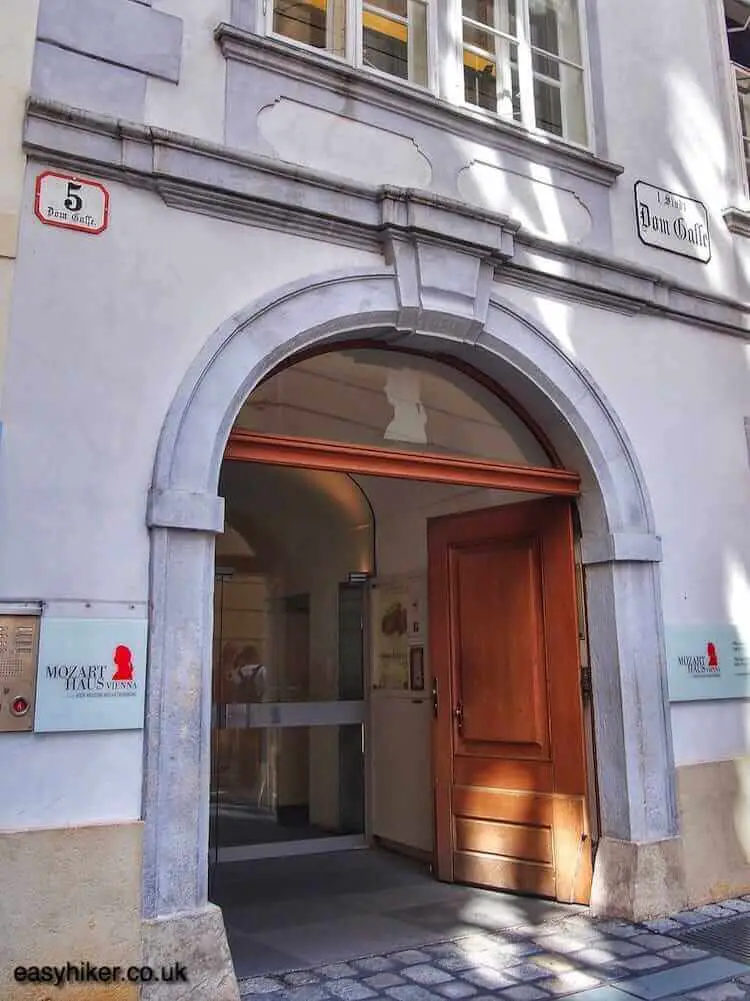
Out of a dozen former Mozart residences in Vienna city of music, this is also the only building that is still standing.
Continue through Blutgasse to find, one block down on Singerstraße 7, the Deutschordenshaus (House of the Teutonic Order) …
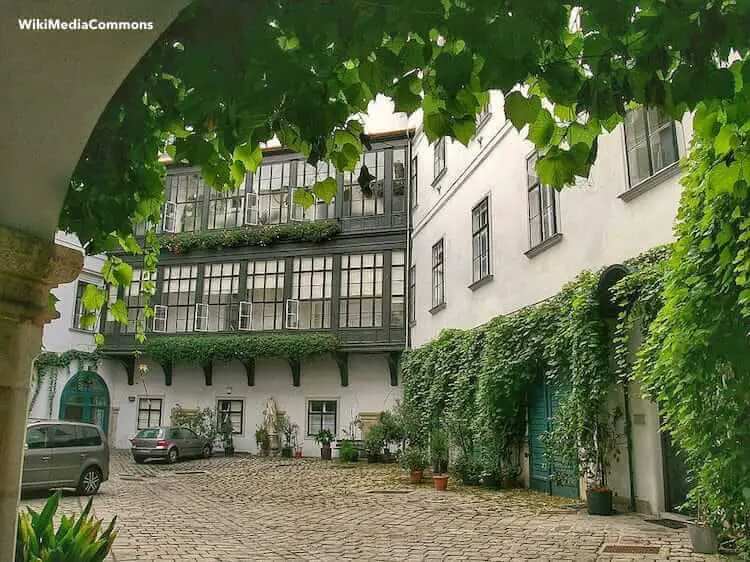
… where the Catholic Church used to accommodate its more important house guests.
Mozart stayed here for a few weeks in 1781 (as part of the entourage of the Archbishop of Salzburg) before being literally “kicked out” having given an unauthorized performance of his own works: this is how Mozart’s professional association with the Church came to a famously rough end.
A hundred years later, Johannes Brahms lived here for a longer and less turbulent period of three years in an apartment on the building’s top floor.
Continue straight into Graben and turn left into Kohlmarkt until you reach the centre of late Imperial Vienna, the Michaelerplatz. St Michael’s Arch …
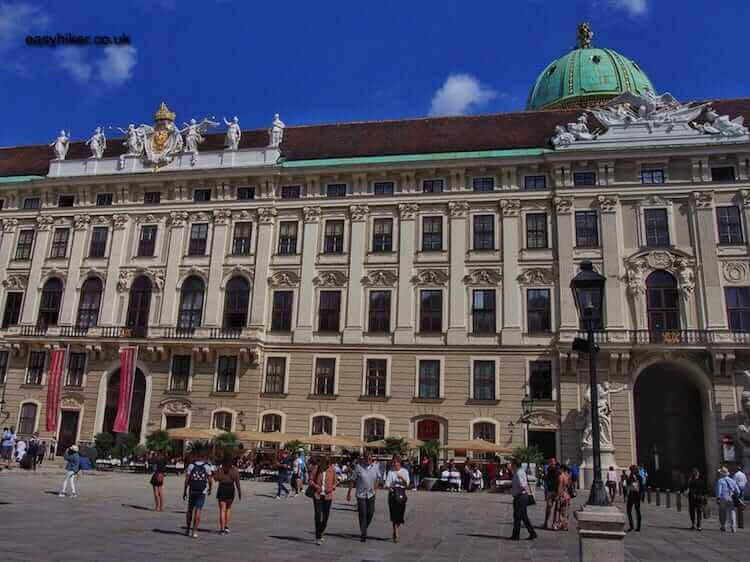
… takes you into the grounds of Hofburg Palace.
To the left of the arch you will find a memorial plaque to commemorate the old Burgtheater which stood here until 1888 when the entire quarter was torn down to make way for the Imperial pomp now surrounding you.
All of Mozart’s great operas – with one exception – were premiered there. (Don Giovanni was first staged in Prague. For a detailed account of the event and fascinating insights into the theatrical practice of the time, go here.
The green cupola behind St Michael’s Arch belongs to St Michael’s Church where another of Mozart’s most famous works was first performed: his “Requiem”. St Michael’s Church was the place where the composer’s own funeral service was held.
But let us finish Part One of our musical walk on a lighter note: with a stroll through the Burggarten next to Vienna’s most famous modern theatre, the new Burgtheater, and another look at the city’s most beloved son.
